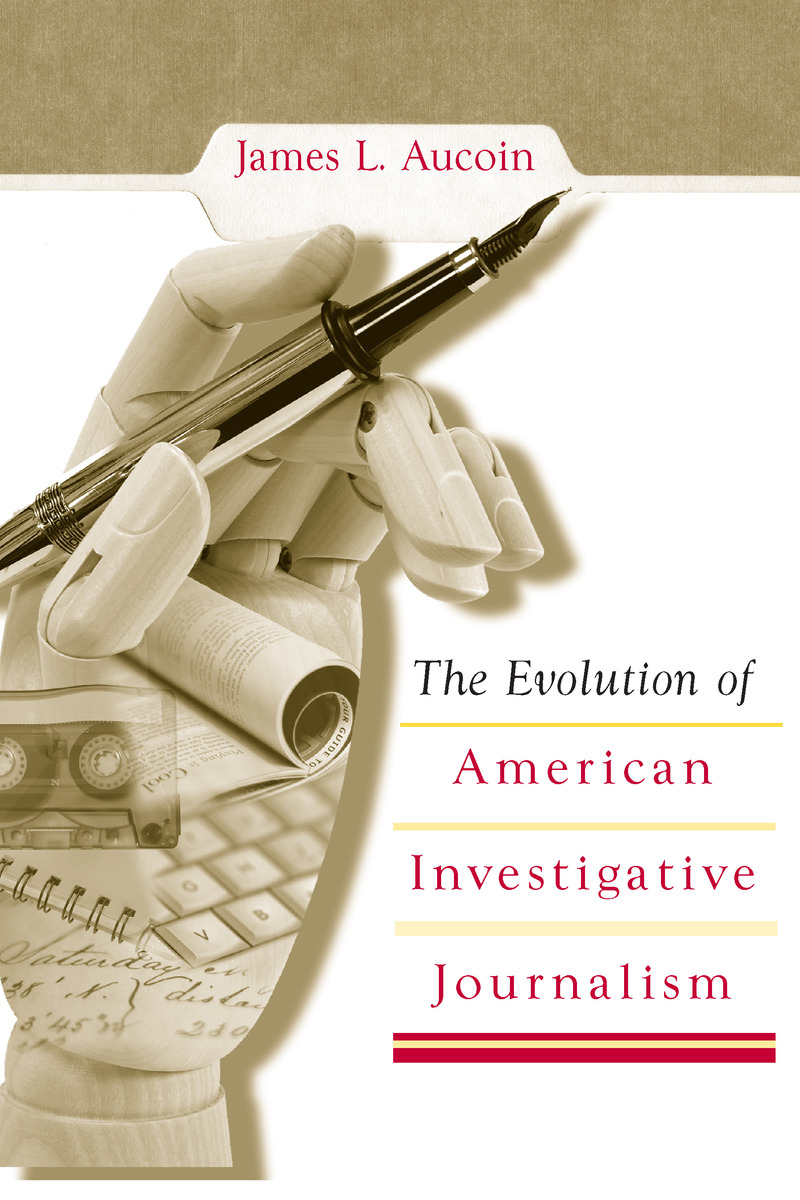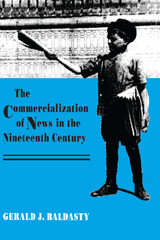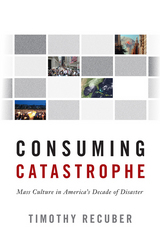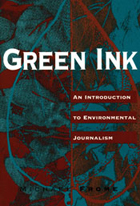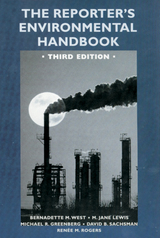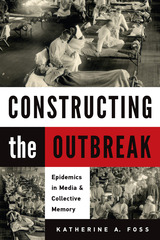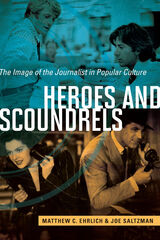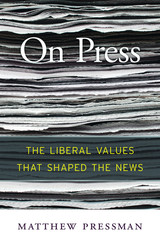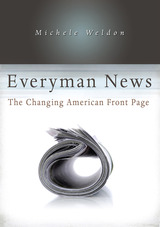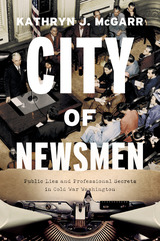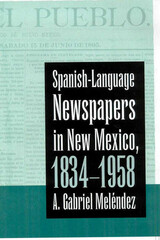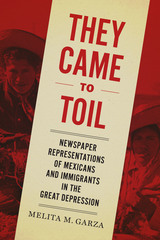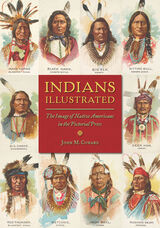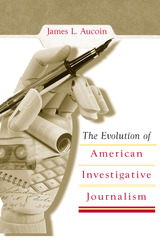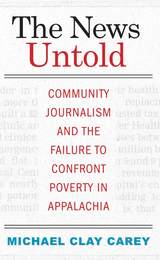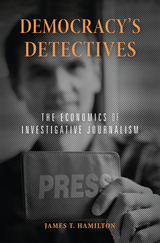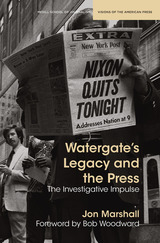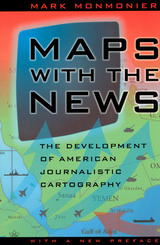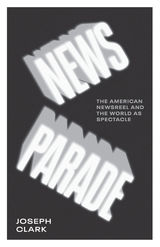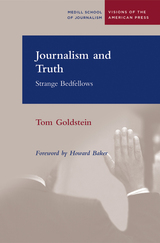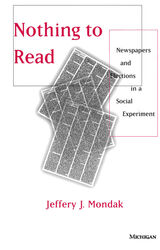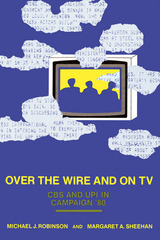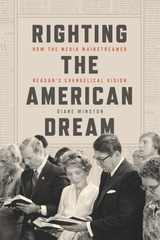The Evolution of American Investigative Journalism
University of Missouri Press, 2007
Cloth: 978-0-8262-1615-1 | eISBN: 978-0-8262-6483-1 | Paper: 978-0-8262-1746-2
Library of Congress Classification PN4888.I56A83 2005
Dewey Decimal Classification 070.430973
Cloth: 978-0-8262-1615-1 | eISBN: 978-0-8262-6483-1 | Paper: 978-0-8262-1746-2
Library of Congress Classification PN4888.I56A83 2005
Dewey Decimal Classification 070.430973
ABOUT THIS BOOK | AUTHOR BIOGRAPHY | REVIEWS | TOC | REQUEST ACCESSIBLE FILE
ABOUT THIS BOOK
Beginning with America’s first newspaper, investigative reporting has provided journalism with its most significant achievements and challenging controversies. Yet it was an ill-defined practice until the 1960s when it emerged as a potent voice in newspapers and on television news programs. In The Evolution of American Investigative Journalism, James L. Aucoin provides readers with the first comprehensive history of investigative journalism, including a thorough account of the founding and achievements of Investigative Reporters and Editors (IRE).
Aucoin begins by discussing in detail the tradition of investigative journalism from the colonial era through the golden age of muckraking in the 1900s, and into the 1960s. Subsequent chapters examine the genre’s critical period from 1960 to 1975 and the founding of IRE by a group of journalists in the 1970s to promote investigative journalism and training methods. Through the organization’s efforts, investigative journalism has evolved into a distinct practice, with defined standards and values.
Aucoin applies the social-moral development theory of Alasdair MacIntyre—who has explored the function, development, and value of social practices—to explain how IRE contributed to the evolution of American investigative journalism. Also included is a thorough account of IRE’s role in the controversial Arizona Project. After Arizona Republic reporter Don Bolles (a founding member of IRE) was murdered while investigating land fraud, scores of reporters from around the country descended on the area to continue his work. The Arizona Project brought national attention and stature to the fledgling IRE and was integral to its continuing survival.
Emerging investigative reporters and editors, as well as students and scholars of journalism history, will benefit from the detailed presentation and insightful discussion provided in this book.
See other books on: 20th Century | Evolution | Investigative reporting | Media Studies | United States
See other titles from University of Missouri Press
